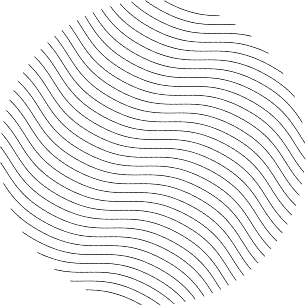Biography
Raul Alfredo Leborgne Fossemale, Uruguayan radiologist (Montevideo 19 April 1907 – 1986)
Developed the first method of radiologically guided mammary biopsy (1946)
With brother Felix Leborgne created the mammography and the mammograph (1948-9)
Discovered radiological signs of mammography
Demonstrated that the diagnostic importance of the fine microcalcifications that may be detected radiographically in a high proportion of breast cancers (1951)
Described the radiographic differences between benign and malignant calcifications (1935)
First to report the significant association of microcalcifications with subclinical carcinoma
Described a way to collect the fluid of a breast duct or ductal rinse (1946)
First mentioned the idea of studying the breast ducts and their fluid
Introduced craniocaudal incidence to the mammography
Used the collimating cone to compress the breast
Developed new techniques in radiology such as techniques for contrast studies in salivary glands (1947)
Proposed the use of the low voltages in radiographies (1949)
Introduced low radiation radiology (1953)
Anticipated screening
Authored The Breast in Roentgen Diagnosis, the first treatise of mammary radiology (1953)
Enunciated Leborgne Law “the palpable tumor is bulkier that it seen in the radiography” (1951)
EPONYMY
Leborgne mammographies
Leborgne-Gross method of breast radiography
His brother, Felix Enrique Leborgne Fossemale, radiologist (Montevideo 24 January 1904 – 1970)
Authored the first work on sentinel ganglion (1954)
Nueva tecnica radiologica per cortes o secciones. Anales Ateneo Clin. Quir. (1936)
Proposed standardization of radioactive measures in roentgentherapy
Reported the first tomographic study in patients with cancer of the larynx and performed the first frontal laringeal tomography (1936)
Developed a method for transluminal intubation of esophagus tumor
World pioneer in treating laryngeal and uterine cervical cancer creating a radio therapeutic device for treatment of them
Developed the first radium isotopic scanner or gamma topograph
Constructed a radium “gun” for telecurietherapy (1930)
Devised a manual mechanical contraption which permitted making of tomograms with conventional radiodiagnostic equipment (1936)
Built dosimetric apparatuses such as the first x-rays pump for external irradiation
Designed intrauterine radium applicators
An intrauterine “radium holder” tube with drainage fillets
An innovative radium kymograph
A radium scalpel (the first electric scalpel)
A kind of vaginal “radium holder” fórceps
The first dosimeter for calibration of nuclear energy sources with therapeutic uses
Son of Felix, Felix Leborgne Pueyrredón, radiologist (1935 – Montevideo 01 May 2009)
Authored over 150 works
Pioneer in the standard use of ultrasonography in mammary diagnosis
Developed the first simulator for brachytherapy and 3D conformal radiotherapy
WITH HIS BROTHER JOSÉ H. LEBORGNE
Introduced the concept of biological effective dose in personal treatment of head and uterine cervix cancer
Perfected mammography beyond clinical use of ultrasonography
His Montevideo trial about management of non-palpable changes of breast earned international repercussion (1990) independently of Edward Sickles
Introduced cytological diagnosis under ecographic control in non-palpable lesions
Introduced the pre-surgical hookwiring and the ambulatorial stereotaxic percutaneous biopsies
Determinated optimal dosis for radio therapeutic treatment of uterine cervix cancer
Brother of Felix, José Honorio Leborgne Pueyrredón, radiologist (March 1938 –
See above


